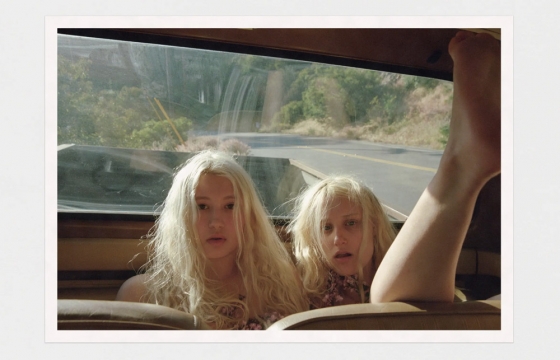fromScary Mommy
3 hours agoAnalog Tech & Hobbies Are More Than Just Comforting - They're *Good* For You
It makes sense, right? Every day, we're told how shitty our attention spans are because of our phones. We can't get through 90-minute movies anymore without a quick scroll. We can't just sit down and read a book off our shelf. We have decision fatigue trying to pick a recipe to cook instead of just looking in a cookbook. So turning to more analog things for the betterment of our bodies and minds makes total sense.
Photography










